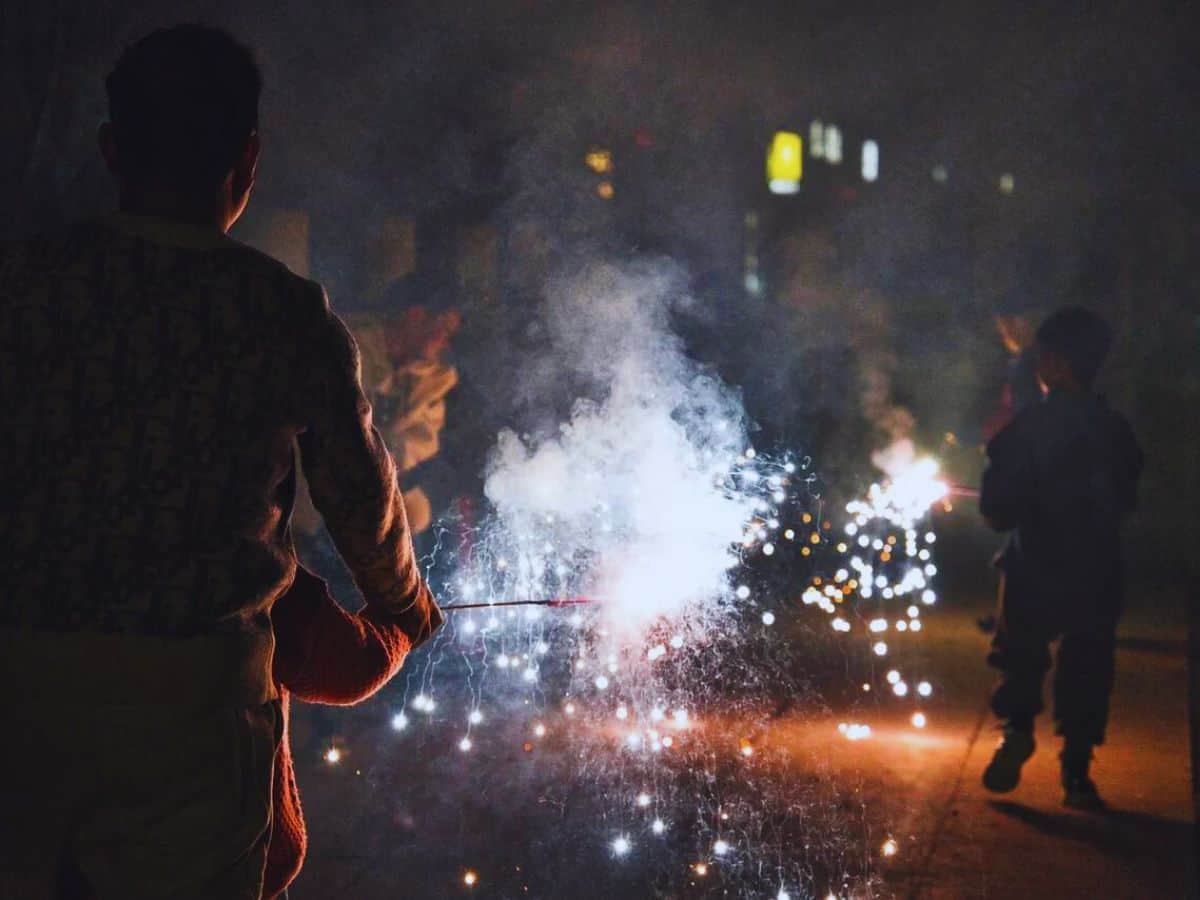
Hyderabad: The bursting of crackers, as part of Diwali celebrations, has pushed the Air Quality Index (AQI) to an ‘unhealthy level’ in various parts of Hyderabad.
As per the IQAir data, the overall air quality in the city stood at 161, which means that the (particulate matter) PM2.5 concentration in Hyderabad is currently 17.2 times the WHO air quality guideline value.
According to the data from the Hyderabad Air Quality Index (AQI), among the fifteen pollution checking stations across the city, the US Consulate station recorded the highest AQI index (341), marking it the most unhealthy air-bearing area of all.
KPHB (237), Zoo Park (213), New Malakpet (197), Somajiguda (177), Saidabad (170), Koti (160) and Banjara Hills (107) fell next in line with ‘poor’ air quality.
While Kokapet which usually has a history of bad air quality recorded the lowest number with moderate (30) AQI.
Meanwhile, Manikonda, Madhapur and Central University areas also recorded a ‘moderate’ air quality.
Do’s and dont’s
Given the unhealthy air quality, citizens may protect their lungs from air pollutants by wearing masks whenever they walk out. Keeping the windows closed until the Diwali celebrations end might keep those with sensitive lung health.
Additionally, the use of indoor air purifiers would be effective in the current scenario. Avoiding direct contact with outsiders stepping in might ensure protection against ongoing flu infections.
While winters are considered the worst-hit season in terms of air pollution, proper ventilation is highly recommended when the outdoor air quality improves and falls under the moderate AQI range.
Cold air is denser and moves slower than warm air, so it traps pollution and doesn’t whisk it away. This means that air pollution in winter remains in place much longer than during the summer.
Meanwhile, the roads of the city were observed to have been littered with remains of crackers, boxes of sweets, edibles, and beverage bottles among other waste.



